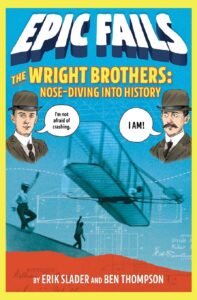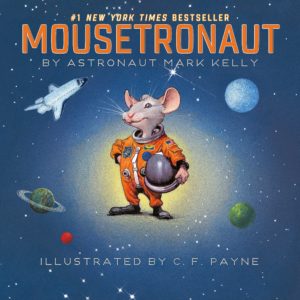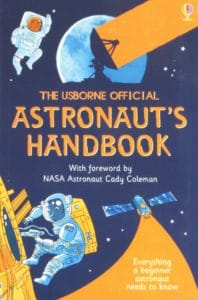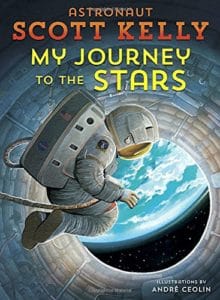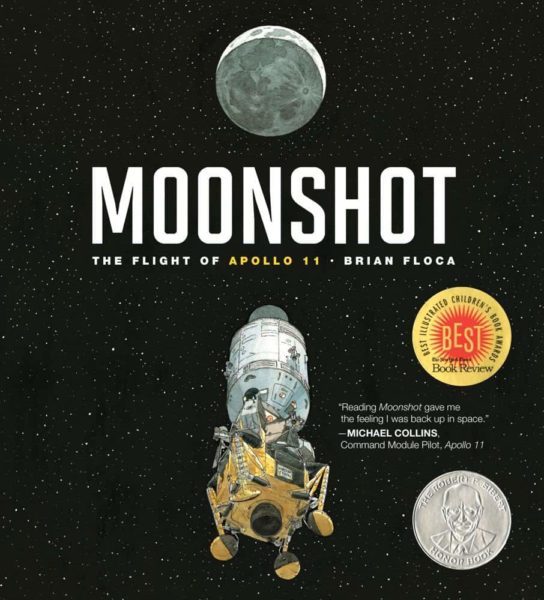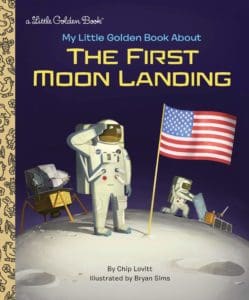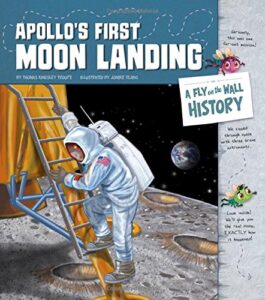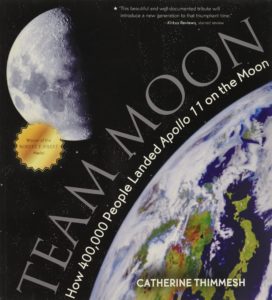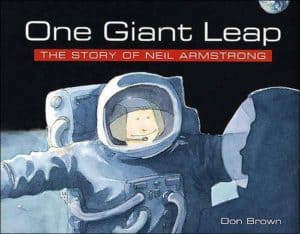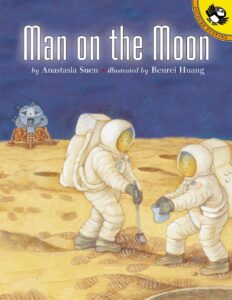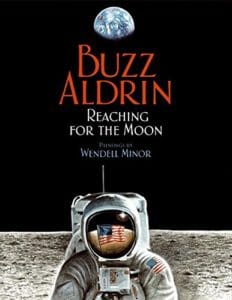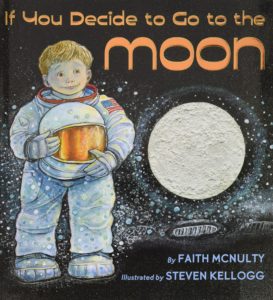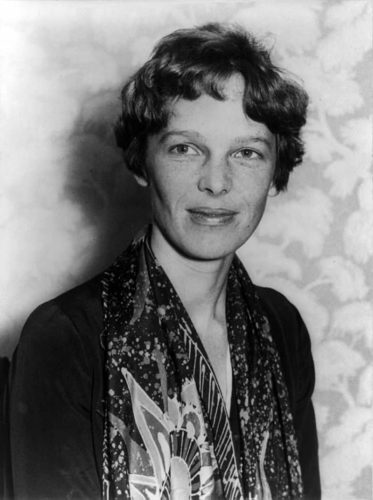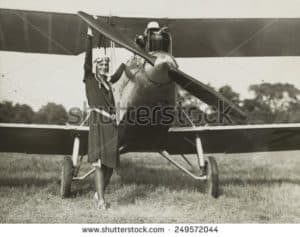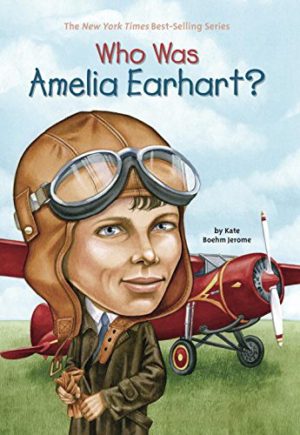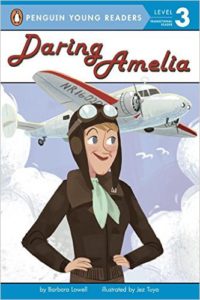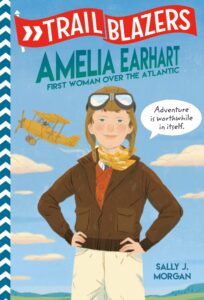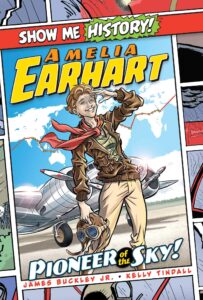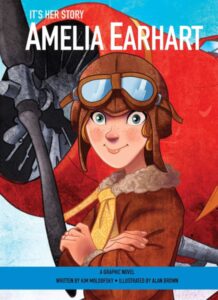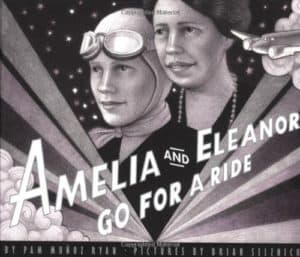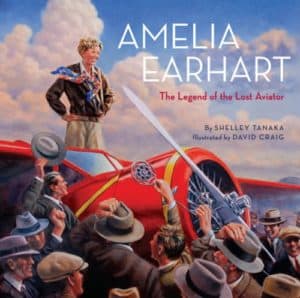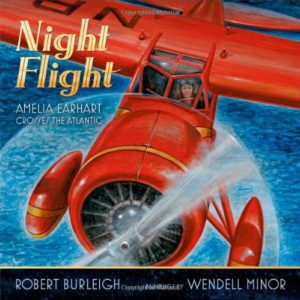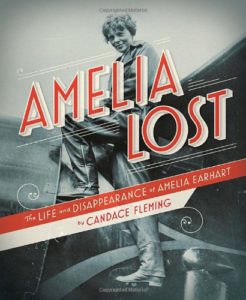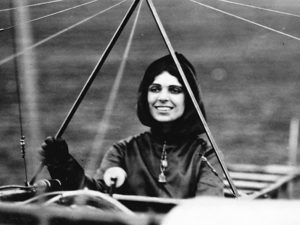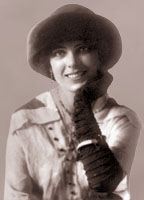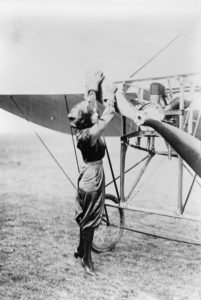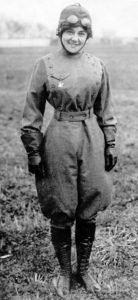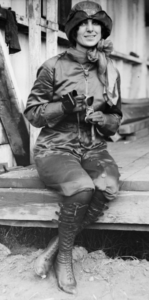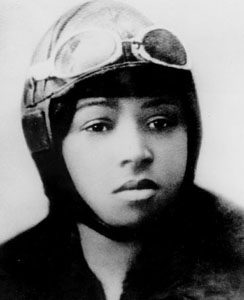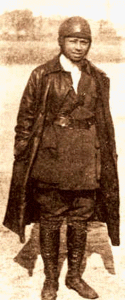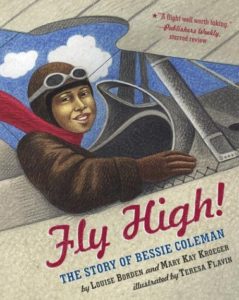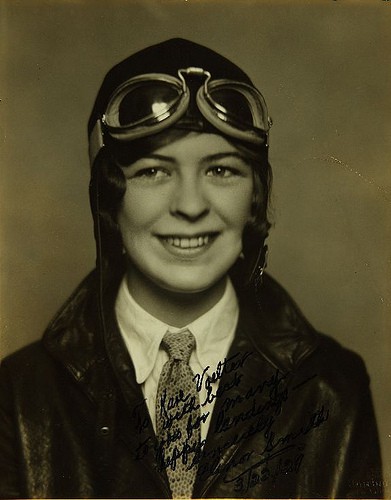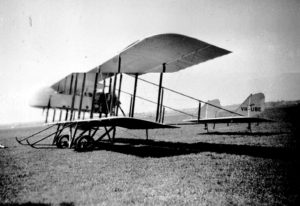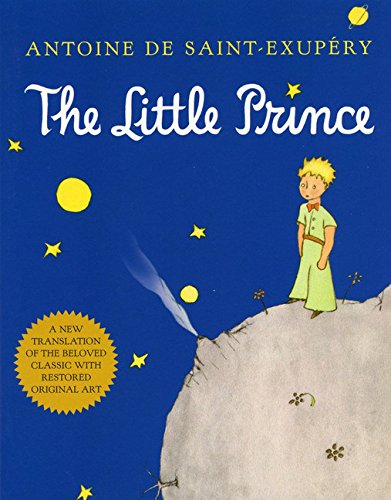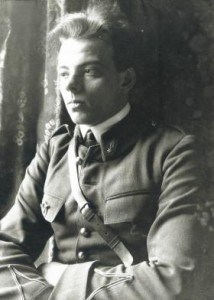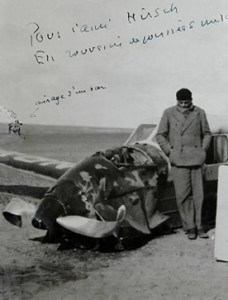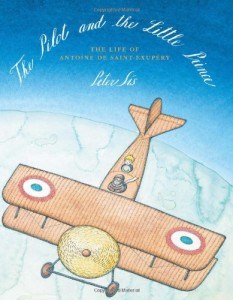Who Were the Wright Brothers?
By James Buckley, Jr., Illustrated by Tim Foley
As young boys, Orville and Wilbur Wright loved all things mechanical. As young men, they gained invaluable skills essential for their success. They worked with printing presses, bicycles, motors, and any sort of machinery they could get their hands on. As adults, the brothers worked together to invent, build, and fly the world’s first successful airplane. This is the story of the two inventors and aviation pioneers who never lost sight of their dream: to fly, and to soar higher!
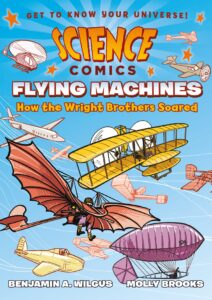
Science Comics: Flying Machines: How the Wright Brothers Soared
Benjamin A. Wilgus, Illustrated by Molly Brooks
Follow the famous aviators from their bicycle shop in Dayton, Ohio, to the fields of North Carolina where they were to make their famous flights. In an era of dirigibles and hot air balloons, the Wright Brothers were among the first innovators of heavier than air flight.
But in the hotly competitive international race toward flight, Orville and Wilbur were up against a lot more than bad weather. Mechanical failures, lack of information, and even other aviators complicated the Wright Brothers’ journey. Though they weren’t as wealthy as their European counterparts, their impressive achievements demanded attention on the international stage. Thanks to their carefully recorded experiments and a healthy dash of bravery, the Wright Brothers’ flying machines took off. 9-13 years
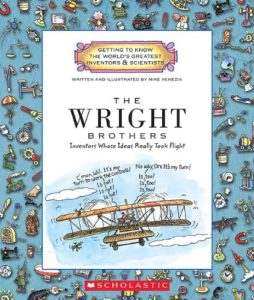
Wright Brothers: Inventors Whose Ideas Really Took Flight
By Mike Venezia
Meet the Wright Brothers! Getting to Know the World’s Greatest Inventors and Scientists series combines a mix of full-color historical reproductions, photos, and cartoon-style illustrations. These bring to life the work and contributions of renowned scientists and inventors.
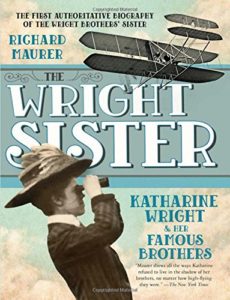
The Wright Sister: Katharine Wright and her Famous Brothers
By Richard Maurer
Not many people know that the Wright brothers had a sister, Katharine Wright. She supported her high-flying, inventor brothers through their aviation triumphs and struggles. This is her story.
On a chilly December day in 1903, a young woman came home from her teaching job in Dayton, Ohio, to find a telegram waiting for her. The woman was Katharine Wright. The telegram, from her brother Orville, announced the first successful airplane flight in history. Richard Maurer tells Katharine’s story. Smart and well-educated, she was both confidant and caregiver to her bachelor brothers. She managed many of their affairs, traveling with them on frequent trips to demonstrate and promote their invention. She cared for them when they were sick from disease and injury. In doing so, she gave up her ambitions as a teacher and her early hopes of marriage.
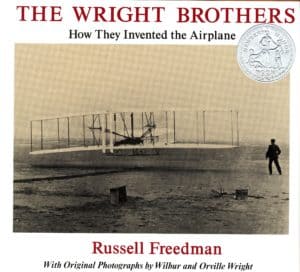
The Wright Brothers: How They Invented the Airplane
By Russell Freedman
This is a narrative account of Orville and Wilbur Wright’s story. They had little formal schooling but a knack for solving problems. The book chronicles their lives from their early mechanical work on toys and bicycles through the development of several flyers. The Wright Brothers follows the siblings through their achievements—not only the first powered, sustained, controlled airplane flight, but the numerous improvements and enhancements.
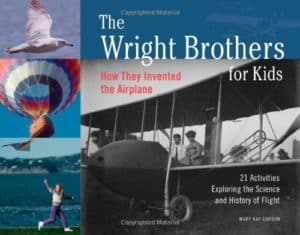
The Wright Brothers For Kids: They Invented the Airplane, 21 Activities Exploring Science and the History of Flight
By Mary Kay Carson
This activity book tells the true story of how two bicycle-making brothers from Ohio, with no more than high-school educations, accomplished a feat that forever changed the world. At a time when most people still hadn’t ridden in an automobile, Wilbur and Orville Wright built the first powered, heavier-than-air flying machine.
Woven throughout the story of the two brothers are activities that highlight their ingenuity and problem-solving abilities as they overcame many obstacles to achieve controlled flight.
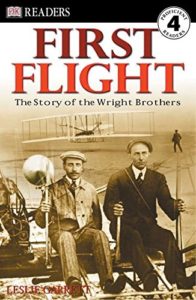
First Flight: The Wright Brothers DK Reader
By Leslie Garrett
In this DK Level 4 Reader, follow the story of brothers Wilbur and Orville Wright as they plan and build a flying machine!
Photographs combine with illustrations and age-appropriate stories to capture a child’s interest while developing their reading skills and general knowledge.
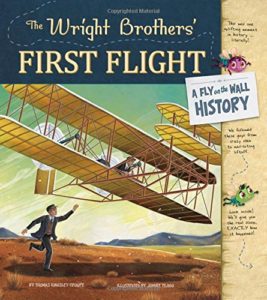
The Wright Brothers First Flight: A Fly on the Wall History
By Thomas Kingsley Troupe, Illustrated by Jomike Tejido
From a sandy North Carolina dune to mid air … Two cartoon flies join readers as they follow Orville and Wilbur Wright on their quest for flight. This book provides a blend of facts and fun while telling the story of a great moment in American and aviation history.
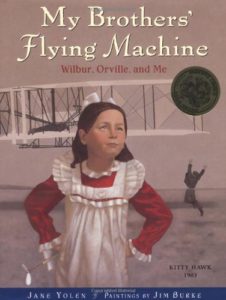
My Brother’s Flying Machine: Wilbur, Orville and Me
By Jane Yolen, Illustrated by Jim Burke
In celebration of the Wright Brothers’ flight, this story is told from the point of view of their sister, Katharine, who watched her brothers play with a toy flying machine, which was the beginning of their remarkable collaboration.
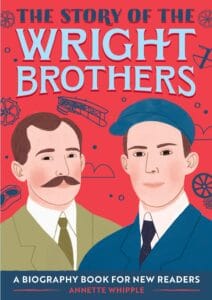
The Story of the Wright Brothers
By Annette Whipple
The Wright brothers were the first people ever to build and fly an airplane, doing what many people at the time didn’t think was possible. Before they made history with their airplane, Wilbur and Orville were curious kids who loved learning about the world around them and how it worked. They fell in love with the idea of flying and taught themselves everything they needed to know to make their dream come true.
Explore how the Wright brothers went from young boys growing up in Ohio to world-famous inventors, aviators, and businessmen. How will their hard work and big imaginations inspire you?
The Story of the Wright Brothers includes:
Lasting change―Learn about how the Wright brothers’ inventions changed how we live today.
Helpful glossary―Find definitions for some of the more advanced words and ideas in the book.
Visual timeline―Watch the Wright brothers progress from curious kids to famous flyers.
The Wright Brothers: Nose Diving into History
By Ben Thompson
A hilarious nonfiction look at two of history’s most epic “failures”: the Wright brothers, whose countless crashes ultimately led to groundbreaking success.
Although Orville and Wilbur Wright are celebrated today as heroes for their revolutionary contributions to science and engineering―they are acknowledged as the first men to successfully achieve powered, piloted flight―their success was hard-earned. (Spoiler alert: there were a lot of nosedives involved.) In fact, it took the self-taught engineers years of work and dozens of crashes before they managed a single twelve-second flight!
The book descriptions used are primarily from the publishers.
If you like this post, then please consider sharing it and/or leaving a comment below. Thank you! Barbara Lowell, Children’s Author
You may like, Books For Kids: Amelia Earhart https://barbaralowell.com/books-for-kids-amelia-earhart

